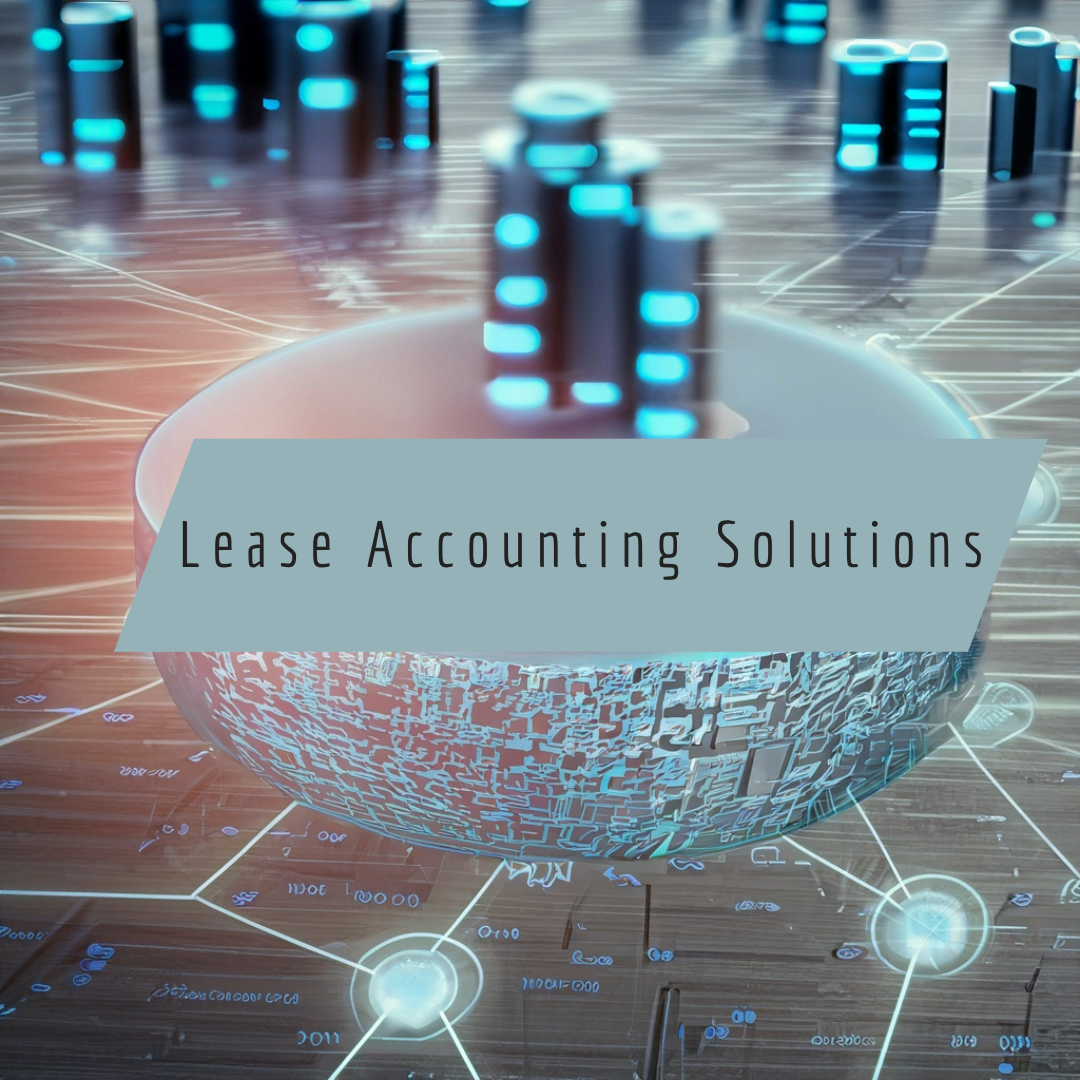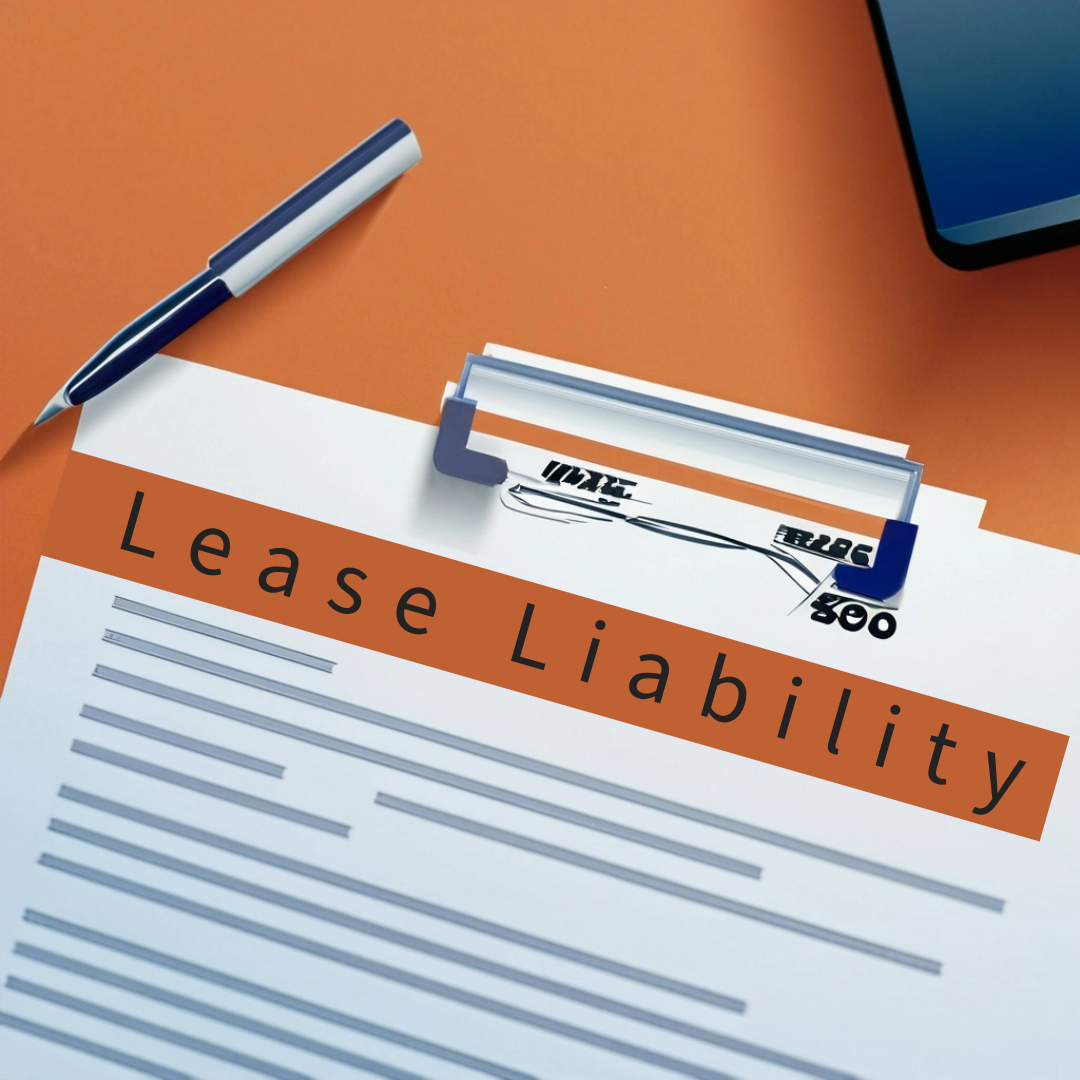
The Financial Accounting Standards Board (FASB) introduced ASC 842, a new lease accounting standard, to bring transparency and consistency to lease accounting practices. This change has significant implications for businesses, and Certified Public Accountants (CPAs) play a crucial role in helping their clients navigate these complexities. In this blog, we will explore ASC 842 and discuss how CPAs can leverage lease accounting solutions to streamline compliance and provide value to their clients.
Understanding ASC 842
ASC 842, also known as the Accounting Standards Codification Topic 842, requires organizations to recognize lease assets and liabilities on their balance sheets for both operating and finance leases. This replaces the previous standard, ASC 840, which allowed many businesses to keep operating leases off their balance sheets. ASC 842 aims to provide a more accurate representation of a company’s financial position and enhance transparency for stakeholders.
Key provisions of ASC 842 include:

- Lease Classification: The standard introduces a two-category classification for leases: finance leases and operating leases. Finance leases are similar to capital leases under ASC 840, while operating leases are now reported differently.
- Recognition and Measurement: Lessees are required to recognize lease liabilities and right-of-use (ROU) assets for most leases. These values are determined based on the present value of lease payments.
- Disclosures: ASC 842 mandates additional disclosures, including qualitative and quantitative information about leases. This transparency benefits investors and other stakeholders.
- Transitioning: Organizations are required to adopt ASC 842 using a modified retrospective approach, which can be a complex process.
Challenges for CPAs
The implementation of ASC 842 poses several challenges for CPAs:
- Complexity: ASC 842 introduces complexities in lease classification, measurement, and transition. CPAs must understand the intricacies of the standard to ensure compliance.
- Data Gathering: Gathering accurate and comprehensive lease data from various departments within an organization can be time-consuming and challenging.
- Technology Needs: Many legacy accounting systems may not have the capabilities to handle ASC 842 compliance efficiently. CPAs need to leverage suitable lease accounting software solutions.
ASC 842 Lease Accounting Solutions for CPAs

To address these challenges and facilitate compliance with ASC 842, CPAs can turn to lease accounting solutions. These software platforms are designed to simplify lease management and accounting processes:
- Lease Data Centralization: Lease accounting software enables CPAs to centralize lease data, making it easier to access and manage. This reduces the risk of errors and ensures data consistency.
- Automated Calculations: ASC 842 requires complex calculations for lease liability and ROU asset values. Lease accounting solutions automate these calculations, reducing the risk of errors and saving time.
- Financial Reporting: These tools generate financial reports that comply with ASC 842, simplifying the process of creating financial statements and disclosures.
- Compliance Tracking: Lease accounting software tracks lease compliance, including critical dates, renewals, and modifications, helping CPAs stay on top of lease agreements.
- Audit Trail: A robust audit trail is essential for compliance and transparency. Lease accounting solutions provide a detailed history of changes to lease data.
- Integration: Many lease accounting solutions integrate with existing
- accounting software, streamlining data transfer and reducing the need for manual entries.
- Support for Transition: When adopting ASC 842, CPAs can use these solutions to facilitate the transition process and ensure compliance from day one.

ASC 842 represents a significant shift in lease accounting, requiring organizations to reevaluate their lease management processes. For CPAs, this means embracing lease accounting solutions that can streamline compliance, reduce errors, and enhance transparency.
By leveraging these tools, CPAs can focus more on providing valuable insights to their clients rather than getting bogged down in manual data entry and complex calculations. In an era of increasingly complex financial regulations, embracing technology is not just a convenience; it’s a necessity for staying competitive and compliant in the world of lease accounting.
Disclaimer: The information provided above is not meant to be legal or tax advise. You should consult your CPA and attorney to determine the best course of action for your situation.
Mitzi E. Sullivan, CPA is a cloud based professional services provider
specializing in cloud accounting.